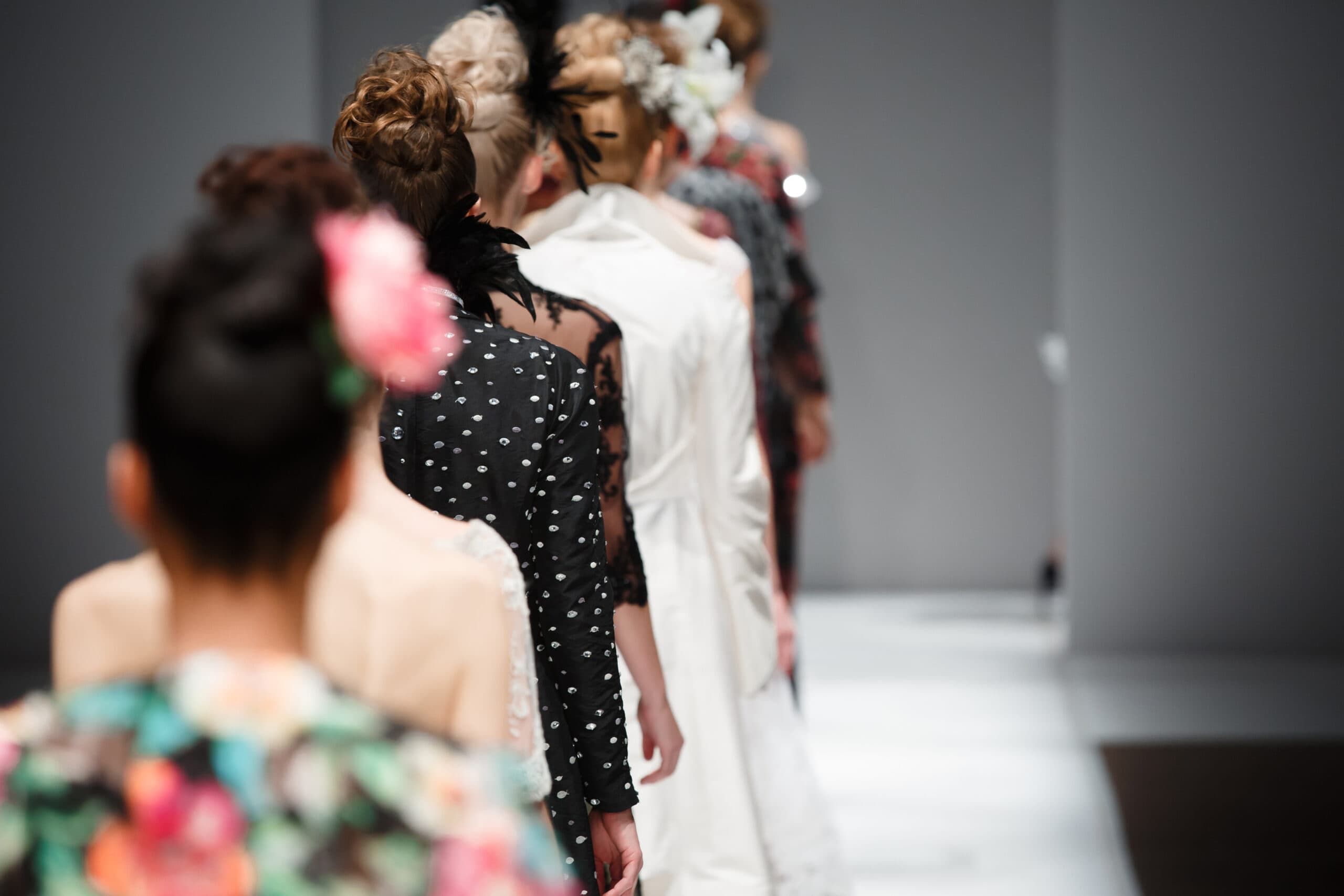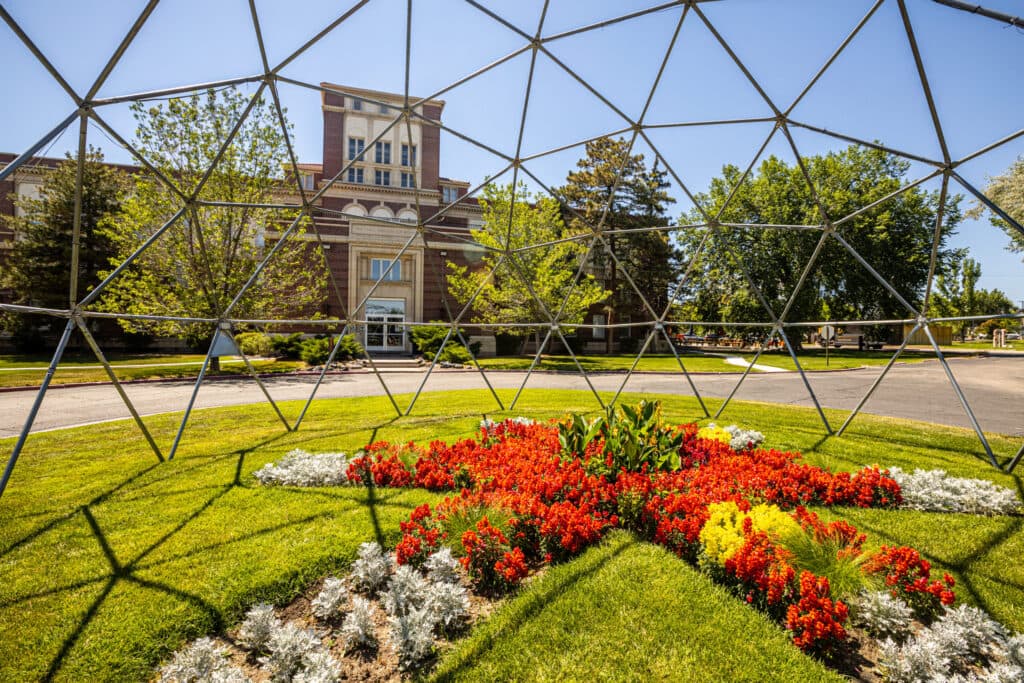Fashion shows provide the ultimate opportunity to tell the fascinating and meaningful stories behind emerging styles. This is where designers showcase their latest creations while gaining extensive press coverage and exemplifying the creative power of the modern fashion community. These aspirational events generate buzz but can also make an artistic statement.
Much of the appeal stems from the sheer variety of shows, which draw on a wide range of styles and concepts to make an impression. The most effective shows are strongly thematic, with specific concepts or aesthetics delivering a cohesive experience.
It is impossible to overstate the importance of theme selection, especially given the demands of the current fashion landscape. After all, as Fashion United points out, these events are “much more of a spectacle than they once were,” and, ultimately, today’s fashion shows are all about art.
The Significance of Themes in Fashion Shows
Delivering a powerful conceptual framework and a key element of cohesion, themes bring structure and storytelling to fashion shows. This is a critical component of fashion show planning and can determine how these events (and the designers they incorporate) are perceived. Yes, brands and their garments are front and center, but remember, this is a showcase — and like any effort to highlight a new product, it needs to deliver a true visual punch.
The ultimate goal of a themed fashion show? To provide an impactful experience that captures the viewer’s full range of senses and emotions. This is substantially more difficult to accomplish when fashion shows feel haphazard.
Think of this like viewing a variety show as opposed to a dramatic theatrical production; the variety show might be entertaining, but it could also fail to provide a true emotional punch. Meanwhile, its clearly themed and carefully scripted counterpart is sure to make an impression and reveal genuine passion.
Exploring Popular Fashion Show Themes
Fashion show themes are as versatile as fashion itself. Name a concept, and it is almost certainly possible to spin it into a compelling theme. Still, some approaches may lend themselves better to certain designers, seasons or audiences.
For example, themes that work wonders for informal fashion shows may be less ideal for sponsored or charity events. Production shows, in particular, call for elevated concepts, which can be further enhanced through live music, lighting effects, and, of course, set design.
Because they are so compelling to designers and fashion enthusiasts, certain themes tend to be recycled regularly. There is nothing wrong with borrowing from already-explored themes as long as a new spin is put on familiar concepts. To illustrate this, we discuss below a few of the most iconic fashion show themes while revealing what exactly makes them so compelling.
Nature-Inspired
Fashion and nature have a unique and intricate relationship, in which cultural expression infuses imagery from the natural world. This idea can be seen in textiles and garments, with nature-inspired gowns specifically reminding us of the power of the great outdoors. Set design, however, provides the chance to bring this outdoorsy element to a whole new level, even when fashion shows are held strictly indoors.
Some of the most stunning fashion show sets of all time have looked to the natural world for inspiration. Dior, for instance, made an impression in 2019 with a runway staged amid a lovely garden and 164 trees from all over Europe. Details on the trees’ origins were provided, along with plans for incorporating these into sustainability projects upon the show’s conclusion.
This theme works well when focusing on specific types of textiles or even for calling attention to concepts such as sustainable fashion. A sparse set can actually prove the most evocative for this purpose. The Loewe spring 2023 show made this abundantly clear, highlighting the “fusion of the organic and the fabricated” by building live plants into actual garments. This show incorporated a beautiful sculpture of a flower into its set but otherwise emphasized simplicity with its lighting and other production elements.
Historical/Cultural
Fashion is undoubtedly cyclical, but historic elements bring intricate beauty or fantasy to the forefront, revealing how far fashion has come and how influential the past remains. Typically, this approach involves honing specific time periods or vibes (for instance, Old West saloon aesthetics or Bridgerton-inspired, Regency-era décor).
No matter the period, history-inspired fashion shows promise to leverage the power of storytelling. Narrative elements can be infused into every aspect of the show, sparking deeper connections with viewers while delivering an emotionally impactful experience.
Dior has accomplished this by incorporating Baroque grottos into a truly evocative set design for its ready-to-wear show, drawing on archival maps of Paris as inspiration. This particular show aimed to “summon the spirit of Baroque balls.”
Futuristic/Sci-Fi
Metallics are a mainstay of today’s future-focused fashion concepts, but these opportunities are by no means limited to footwear, apparel or even makeup art. Fashion show sets are often downright futuristic, as seen with one of Prada’s most memorable runway shows, in which neon lights within metal tunnels evoked the look and feel of spaceships. A memorable zig-zag runway amplified the effect, with models entering the runway space through a science fiction-inspired portal.
Futuristic fashion shows are far more diverse than people might realize. These can explore numerous perspectives or predictions about the future — not only the future of fashion but also of humanity itself. Some themes may feel downright dystopian, while others emphasize cyberpunk trends or even come across as whimsical. Contemporary music can amplify the effects, and there are no limits to the impact of lighting when it comes to establishing a sci-fi atmosphere.
Art/Creativity
There is no denying that fashion is an art form. The many themes and concepts mentioned above incorporate artistic elements, but some set designs have taken this a step further by transforming into full-fledged works of art or, at least, by featuring visually intriguing works of art. For example, Loewe upped the ante with gleaming sculptures from Lynda Benglis. Polished yet jagged, these sculptures were eventually adapted to form equally evocative accessories.
Of course, it is also possible to scale back set designs and let the artistry of the garments do the talking. Case in point: the 2021 Givenchy showcase during Paris Fashion Week, where the entire set was inspired by the concept of the modern art gallery. Creative director Matthew M. Williams collaborated with artist Josh Smith to showcase colorful and playful designs.
In addition, Givenchy’s show demonstrated the importance of selecting the right structure; architect Christian de Portzamparc’s dramatic domed space formed the perfect backdrop. In general, artistic sets provide the best opportunities for highlighting avant-garde fashion.
Seasonal
The fashion world cycles through two main seasons, which dictate the flow of the industry and the public’s introduction to new collections. These seasonal elements can also be built into the fashion shows themselves — and we’re not just talking about the seasonality of the garments. Rather, the set design, music and lighting can all evoke the feelings that accompany the change in seasons.
For instance, many stunning sets emulate the sense of springtime with blooming flowers and lush greenery — but this concept takes another step up when snow and cold take over. Balenciaga exemplified this in early 2022 with a snow globe concept incorporating a cylindrical structure meant to convey a blizzard. This was intended to serve as social commentary on both climate change and the war in Ukraine.
The Creative Process Behind Fashion Show Themes
A great deal goes into fashion show theme selection, and these choices are far from arbitrary. The creative process typically begins with a thorough examination of current fashion industry trends, along with trend forecasting to reveal what might be most resonant in the future. The interests and convictions of fashion show directors, event planners and designers may come into play, too, especially if these fashion professionals hope to draw attention to specific causes. When in doubt, look to fashion mood boards to provide ample inspiration.
Once the right fashion collection themes are selected, it’s time to embrace the planning process in preparation for an amazing fashion show production. This means diving deep into the numerous elements that will play into the theme: set design, layout, lighting, music and so on. Venue selection matters, as do the individual members of the show’s team. Designers, models and even makeup artists must demonstrate a clear appreciation for the selected theme and the desire to execute that vision.
Crafting a Compelling Fashion Show Theme
The most compelling themes are driven by creativity and passion. This may call for extensive brainstorming and collaboration, but upon striking inspiration, the results can be remarkable. Put the effort into defining an overarching vision that reflects both personal passion as well as the mindset of the target audience.
Make an Impression Through the Power of Fashion
If you want to make a statement, you’ll find many ways to get the word out through the influence of fashion. Opportunities for personal expression accompany not only garment design but also fashion show sets and other events that display the artistry of the fashion world.
With the right degree program, you can explore the full range of fashion-related opportunities while building a strong foundation in fashion illustration, patternmaking, product development and much more. The passionate faculty members at Rocky Mountain College of Art + Design (RMCAD) are eager to guide this journey and help you achieve your full potential as a fashion innovator.
Our Bachelor of Fine Arts in Fashion Design is available online or on campus, so you can explore fashion-centric coursework in a way that you find compelling and accessible. Reach out today to request more information.

